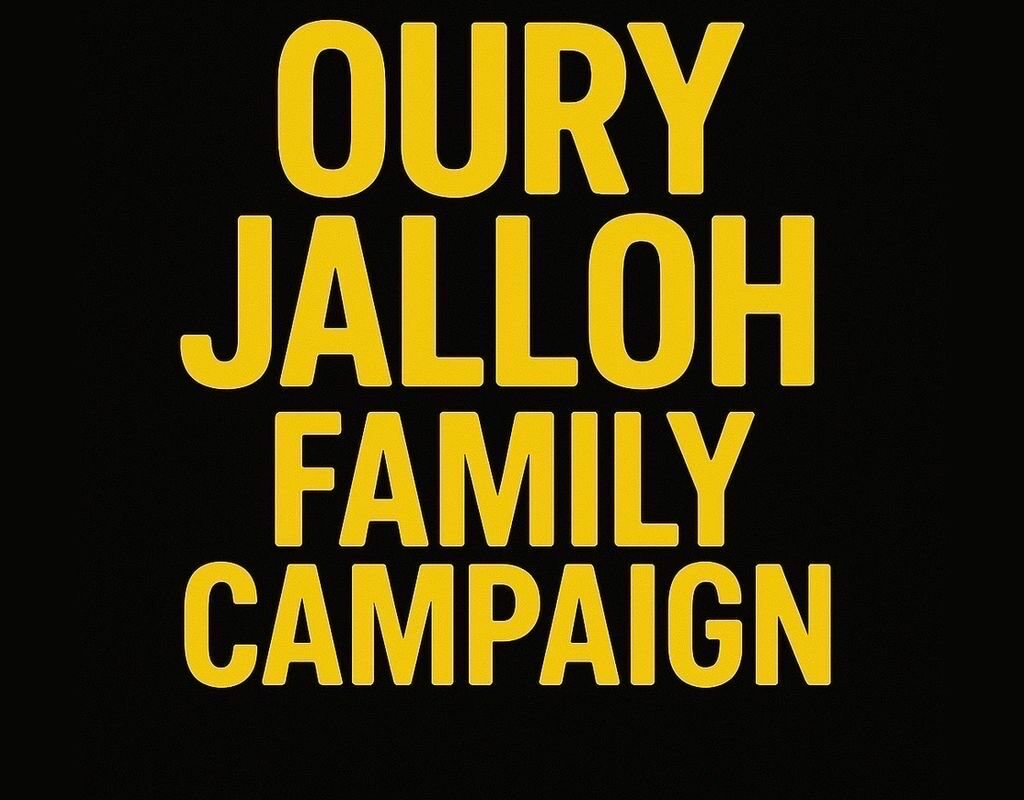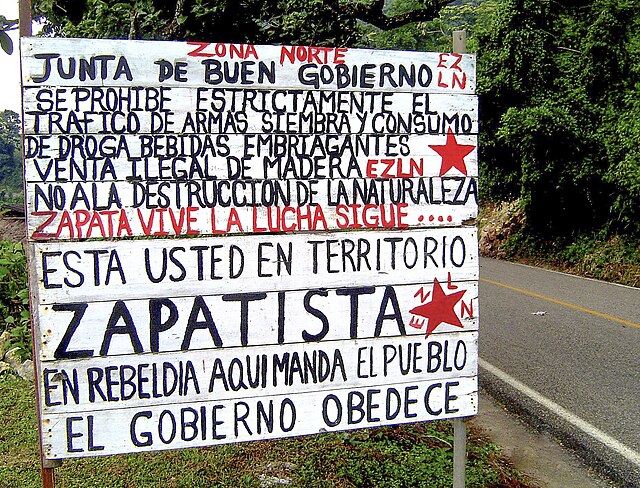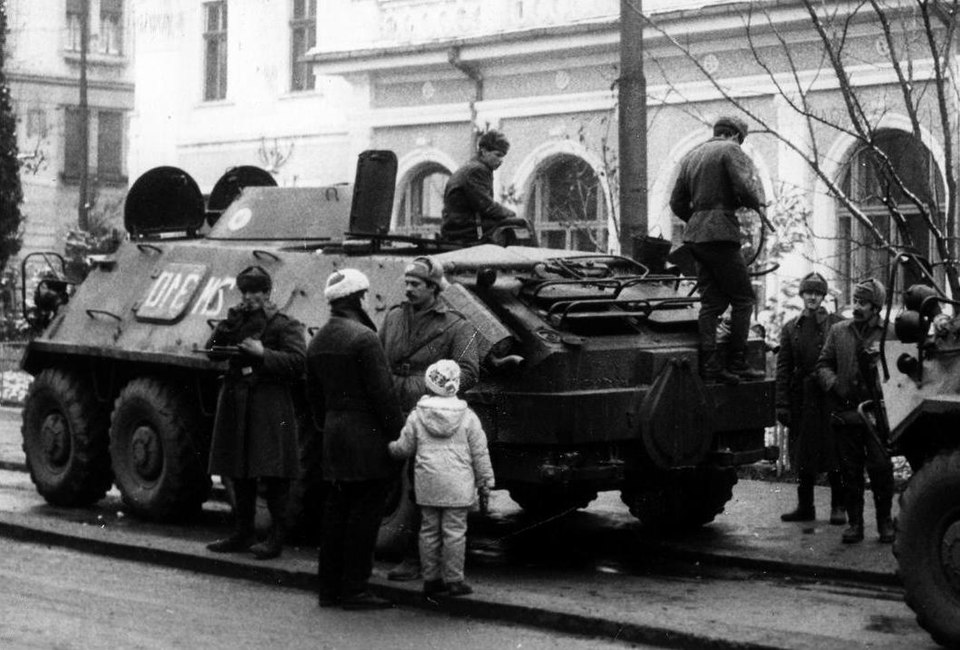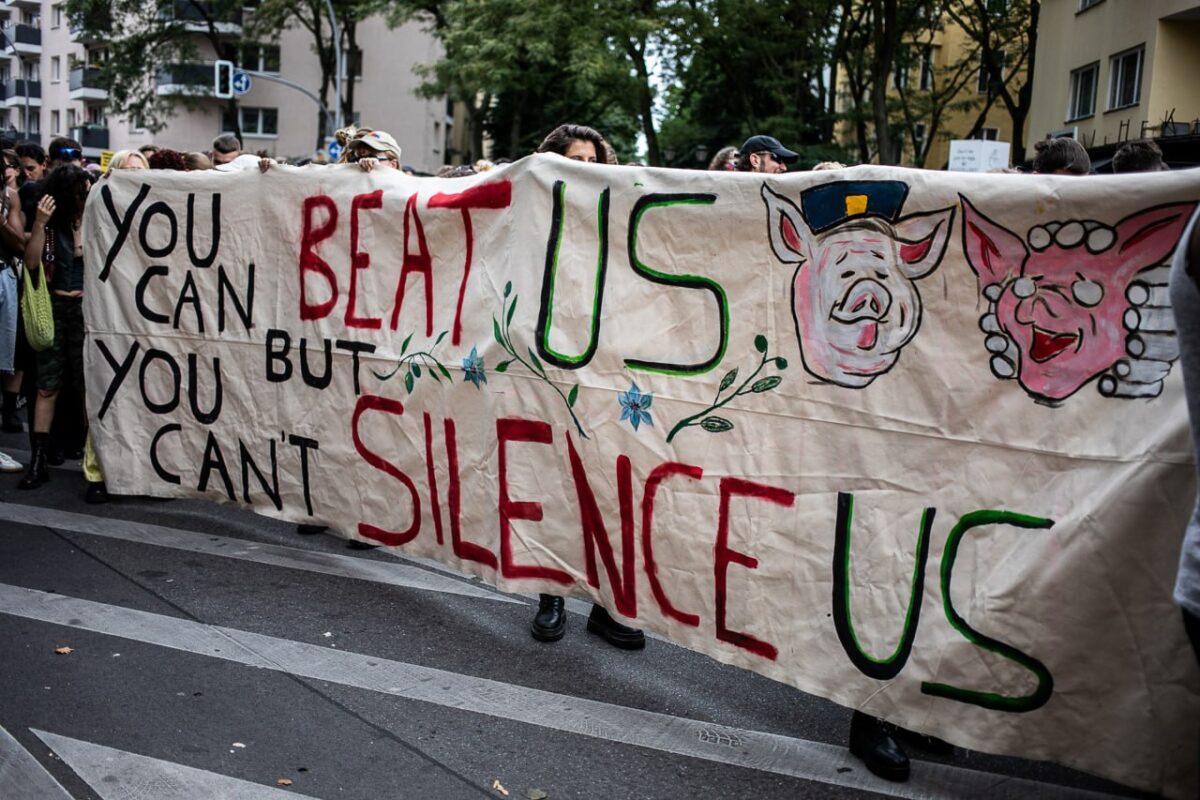As much as we like to think of our city as avant-garde, on Wednesday we will get a massive reminder that Berlin remains a backwater stuck firmly in the 1950s. At 14:00, politicians such as transport minister Patrick Schnieder (CDU) will cut the ribbon on a new inner-city freeway at a ceremony inside Estrel Hotel in Neukölln. Why not gather outside, on their beloved asphalt desert? Because this project is extremely unpopular, and there will be protests starting at 13:00.
The latest segment of the A100, made of 750,000 tons of steel and 650,000 cubic meters of concrete, is the most expensive Autobahn ever built: the 3.2 kilometers cost 720 million euros (2.3 times more than planned!), working out to 225,000 euros per meter. In other words, each meter of highway could have paid for an affordable housing unit. Instead, five perfectly good buildings with 100 apartments were demolished to make room for this tiny strip through Neukölln and Treptow.
When critics denounce a transport policy from the 1950s, that’s not hyperbole: the plan for a ring highway in Berlin literally dates back to the 1930s, with a first section completed in 1958. Now, 67 years later, the 16th segment is going online.
Catastrophe
From the first day, it’s going to be a catastrophe. If 85,000 cars race down this part of the A100 each day, as predicted, they will be spat out at Treptower Park with nowhere to go. The bridge across the Spree, Elsenbrücke, is currently being replaced, with just a single lane open until at least 2028.
Immediately, there will be demands for more Autobahn: A 17th segment of the A100, cutting a path of destruction through Friedrichshain toward Storkower Straße, is in planning. This would be even more absurd, as it would require tearing down a dozen clubs (though I don’t mind the idea of bulldozing pro-Zionist club ://about blank, the building should be preserved and turned into a less racist venue).
A Friedrichshain freeway would require a double-decker tunnel under the narrow, historical Neue Bahnhofstraße, followed by a bridge over the Ring Center 2 shopping mall. Cost estimates of a billion euros seem hopelessly optimistic, since construction would take decades. Nonetheless, huge swaths of inner-city land are being kept empty for this pipe dream — with one study showing this could provide space for 8,000 apartments.
Induced Demand
Car lobbyists — known in Germany as Verkehrsminister:innen — argue that there is a fixed amount of traffic and it needs to go somewhere. But no serious urban planner believes this is true. Berlin is currently carrying out an unplanned experiment in what scientists call “induced demand.”
Back in March, a freeway bridge on the oldest part of the A100, in Charlottenburg next to the ICC, had to be closed and demolished. A road carrying 230,000 cars per day was suddenly reduced to one lane. Everyone expected a massive traffic jam in surrounding streets. Yet after a few days, all the cars just kind of disappeared, with numerous drivers choosing other means of transportation.
This is why new freeways never clear up traffic jams — roads don’t reduce traffic, but actually induce it. Berlin will offer yet more proof for this well-established scientific fact starting on Wednesday: the endless investments in car infrastructure will just mean more cars and more chaos.
Hope
It’s embarrassing that our multicultural, rebellious, queer city is governed by a parochial, car-obsessed bumpkin like Kai Wegner, who commutes into the city each day from his sleepy village. It’s even more embarrassing that Berlin might be the only city in the Western world building new inner-city highways in the 21st century.
The CDU’s transport policy is not an abstract question of personal preferences: Wegner’s government has managed to increase the number of traffic fatalities by over 50 percent, up to 56 people last year. That is several dozen lives extinguished in the name of slightly faster travel for the privileged minority who use cars.
Germany’s car industry, largely owned by Nazi billionaires, is destroying the planet and our city in the name of maximizing profits. The CDU is their political wing. Every euro they spend on roads is a euro that’s missing for keeping the trains running.
Berlin’s history offers some hope. Back in the 1970s, the Red Island in Schöneberg was set to be torn down to make room for a six-lane monstrosity. Yet direct action was successful in stopping that Autobahn.
Just about every European metropolis is building bike lanes, expanding public transport, and opening up streets for people, instead of for cars. Maybe this is just a fantasy, but I imagine that with enough protests, we can drag Berlin’s rulers, kicking and screaming, into the 21st century.
Red Flag is a weekly opinion column on Berlin politics that Nathaniel has been writing since 2020. After moving through different homes, it now appears at The Left Berlin.




